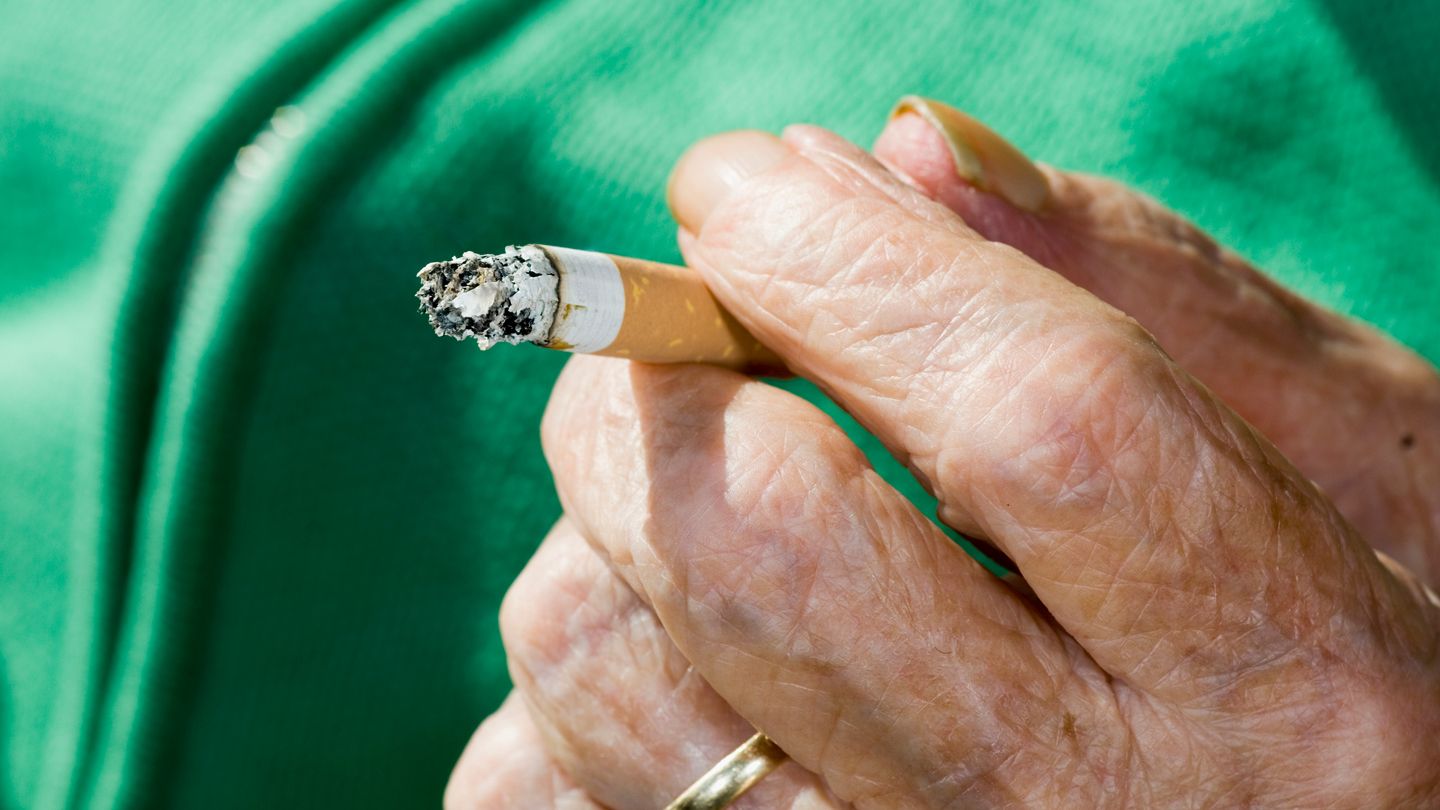The Effects and Risks of Smoking After Having a Coronary Stent
Having a coronary stent implanted is a major procedure done to open blocked heart arteries. But continued smoking after this intervention can negate many of the benefits and lead to serious complications. Quitting smoking is essential for improving long-term health post-stenting.
How Coronary Stents Help
Stents are tiny mesh tubes used to prop open arteries narrowed by plaque buildup. This condition, called atherosclerosis, can cause angina and heart attacks.
During angioplasty, stents are threaded into place at the blockage using a catheter. This holds the artery open to restore blood flow to the heart muscle.
Some stents are coated with medications to help further prevent renarrowing of the artery from scar tissue. Stents provide rapid relief of symptoms and reduce future heart attack risk.
Smoking Promotes Artery Narrowing
Smoking is a major contributing factor to atherosclerosis and coronary artery disease. Chemicals in cigarette smoke damage the arterial walls and promote plaque buildup.
Continuing to smoke after stent placement contributes to faster reblocking of the stented artery segment. This is known as in-stent restenosis.
Smoking triggers inflammation and proliferation of smooth muscle cells within the artery. This causes scar tissue growth and renarrowing of the stented area, diminishing blood flow.
Increased Risk of Recurrent Blockages
Multiple studies show people who keep smoking after stenting have a significantly higher rate of recurrent artery narrowing and repeat procedures compared to nonsmokers.
One study found a restenosis rate of 35% in smokers versus only 14% in nonsmokers within 6 months after stenting.
The arteries of smokers are also more prone to developing new blockages in different locations. This can require additional stents or interventions down the road.
Greater Risk of Heart Attacks
Continued smoking after coronary stenting is linked to a higher incidence of heart attacks and acute coronary syndromes.
One study found heart attack rates following stenting were 8% in nonsmokers versus 21% in smokers after 3 years. Sudden death was also more common.
This shows smoking counteracts the protective benefits of the stent. The added stress on the arteries makes heart attacks more likely despite the opened blood flow.
Higher Rate of Premature Stent Failure
Smoking takes a toll on the function and longevity of implanted stents. Studies show stents fail earlier in smokers compared to nonsmokers.
Heavy smoking is linked to a 40% increased risk of stent thrombosis - sudden and complete blockage of the stented artery by a clot.
Smoking increases underlying clotting tendencies while also accelerating regrowth of plaque inside the stent, contributing to early failure.
Greater Risk of Death
Given the increased risks of recurrent blockages, heart attacks and stent failure, it's not surprising smoking after stenting increases mortality.
Analyses estimate smoking after stenting increases overall mortality by 30-50% compared to nonsmokers with stents.
Much of the reduced life expectancy is driven by higher cardiovascular death from ongoing damage smoking inflicts on arteries and the heart.
Quitting Smoking is Critical After Stenting
Due to the considerable risks, smoking cessation is strongly urged after receiving coronary stents:
- It can help slow the progression of atherosclerosis.
- Quitting reduces inflammation and cell proliferation inside stented arteries.
- This lowers the risk of in-stent restenosis by 60-70% based on studies.
- It improves stent function and reduces likelihood of repeat procedures.
- Heart attack and mortality risk can be near that of nonsmokers after quitting.
Smoking even just 1-5 cigarettes daily after stenting can significantly worsen outcomes. Complete abstinence is advised.
How Soon to Quit After Stenting
Quitting smoking immediately before and after the stenting procedure provides the most benefit. Studies show:
- Quitting 1 year prior reduces in-stent restenosis risk by 35%.
- Quitting 1 month prior leads to a 15% risk reduction.
- Quitting the day of the procedure still lowers risk by 4%.
This demonstrates even quitting the same day as stenting starts to provide some improvement. But quitting earlier has more profound benefits.
Aim for Complete Cessation
Light or intermittent smoking is still hazardous after stenting. The toxins in cigarette smoke promote artery narrowing and clots in a dose-dependent fashion.
Reducing cigarette use by just 50% does not significantly lower the risks of restenosis, heart attack, or death compared to continuing heavy smoking.
For optimal results, patients should completely quit smoking with no exceptions after stenting rather than just cutting back.
Avoid Secondhand Smoke
Secondhand smoke exposure from partners, family, or coworkers also impacts stenting outcomes. One study found a 17% greater risk of restenosis in those exposed to secondhand smoke.
Secondhand smoke carries many of the same toxins and doubles the risk of coronary events. Patients should seek to avoid any exposure to maximize their stenting success.
Challenges of Quitting
Despite the pressing need after stenting, quitting smoking is extremely difficult due to psychological and physical addiction:
- Fear of failure and guilt around past smoking may hinder efforts.
- Withdrawal symptoms like cravings, anxiety, and depression often arise.
- Losing a perceived crutch for stress relief is challenging.
- High relapse rates occur within the first month of quitting.
But with proper commitment, support, and tactics, long-term cessation is achievable even after decades of smoking.
Medications to Help
Using cessation medications can improve quit success rates by reducing cravings and withdrawal symptoms:
- Nicotine replacement therapy (NRT): Nicotine patch, gum, lozenge.
- Non-nicotine medications: Bupropion, varenicline.
- Combination therapy: Using NRT with non-nicotine meds.
Studies show combining the nicotine patch with a short-acting form like gum or lozenge is one of the most effective options.
Behavioral Counseling
Receiving counseling provides social support and teaches behavioral strategies:
- Identifying smoking triggers and high-risk situations
- Coping mechanisms to manage stress and cravings
- Lifestyle changes and replacement behaviors
- Group therapy for motivational support
Counseling combined with medication gives the highest quit rates. Apps, hotlines, and online communities provide accessible options.
Avoid Temptation
It's also important to remove temptations in one's environment after quitting:
- Avoid being around other smokers.
- Don't keep cigarettes, lighters, or ashtrays available.
- Make your home and car smoke-free zones.
- Opt for smoke-free bars, restaurants, and other establishments.
This reduces cues that trigger intense urges to smoke in early abstinence.
The Benefits Make Quitting Worthwhile
While difficult, quitting smoking after stenting provides tremendous health perks like:
- Improved stent patency and longevity.
- Lower cardiovascular event and mortality rates.
- Reduced cancer risk.
- Better lung function and breathing.
- Decreased inflammation and oxidative stress.
- Potentially adding years back to your life.
For the best chance of health and survival, patients should remain fully committed to abstinence from smoking after stent implantation.
FAQs
Why is smoking risky after getting a stent?
Smoking damages arteries and causes plaque buildup. This leads to a higher risk of the stented artery re-narrowing, heart attacks, stent failure, and death.
How soon should you quit smoking after stenting?
Quitting smoking immediately before or after stenting provides the most benefit. But quitting at any point still reduces risks versus continued smoking.
Is light smoking okay after a stent?
No, even light smoking increases the chance of restenosis and heart attacks. Complete smoking cessation is recommended for optimal stent results.
What helps quit smoking after stenting?
Medications, counseling, removing smoking triggers, and support can improve quit success. Combination nicotine replacement and non-nicotine meds work best.
What are the benefits of quitting post-stent?
Quitting smoking improves stent patency, reduces cardiovascular events, lowers mortality, enhances lung function, decreases cancer risk, and adds years to life.
Disclaimer: This article is for informational purposes only and does not constitute medical advice. Always consult with a healthcare professional before starting any new treatment regimen.
Related Coverage
Wondering if a sudden smell burnt toast means a heart attack? Learn the real causes, when to worry, and how to get proper care....
Suffering a heart attack when alone can be frightening. Know the warning signs and how to respond quickly by calling 911, taking aspirin and doing hands-only CPR....
For heart attack first aid, dial 911, keep them calm, chew a 300 mg aspirin if safe, and prepare for CPR or an AED....
Continuing to smoke after receiving a coronary stent leads to a higher risk of restenosis, heart attacks, premature stent failure, and death. Quitting improves outcomes....
Learn to recognize signs like constant criticism, refusal to compromise, and passive aggression that may indicate you're romantically involved with a difficult woman....
If a heart attack hits, sit or lie with knees bent and head supported. This heart attack position reduces strain and buys vital time....





